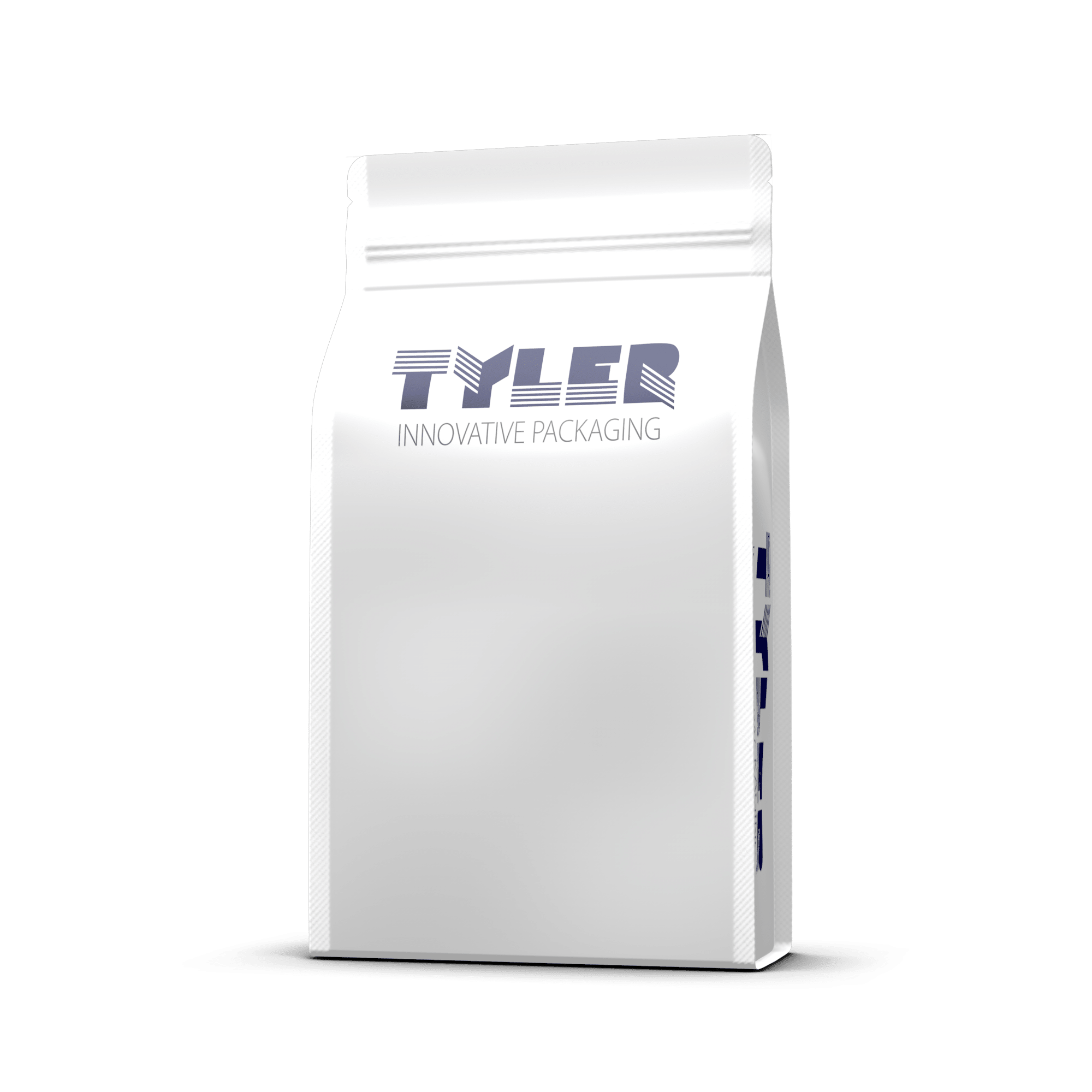Why Is Flexible Packaging Important
Enhancing Shelf Life, Reducing Weight, and Minimising Environmental Impact
Enhancing Shelf Life, Reducing Weight, and Minimising Environmental Impact
In today’s fast-paced world, the packaging industry has evolved significantly to meet the changing needs of consumers, manufacturers, and the environment. One prominent innovation that has gained widespread recognition is flexible packaging. This modern packaging approach has transformed the way products are packaged and distributed, with a focus on enhancing shelf life, reducing weight, and minimising environmental impact. In this blog, we will delve into the significance of flexible packaging and explore the key factors that make it an essential choice for businesses and consumers alike.

One of the foremost advantages of flexible packaging is its ability to extend the shelf life of products. Flexible packaging materials, such as pouches and bags, are designed to provide an excellent barrier against oxygen, moisture, and light. These properties help protect the product inside from external factors that can cause spoilage, degradation, or loss of quality.
For perishable goods like food, maintaining product freshness is crucial. Flexible packaging materials act as protective shields, ensuring that the contents remain safe from environmental elements. This not only reduces food waste but also enables manufacturers to distribute their products over longer distances and durations without compromising quality. Ultimately, longer shelf life benefits both consumers and producers by reducing product waste and lowering costs.
Flexible packaging is inherently lightweight when compared to traditional rigid packaging options such as glass or metal containers. This weight reduction is particularly significant for shipping and transportation. Lighter packaging materials translate to lower shipping costs and decreased fuel consumption, which, in turn, reduces the carbon footprint associated with the transportation of goods.
Moreover, the lightweight nature of flexible packaging materials means they require less energy to produce, further contributing to environmental sustainability. As businesses seek to meet eco-conscious consumer demands and reduce their ecological impact, the adoption of lightweight, flexible packaging is a step in the right direction.
Flexible packaging is recognised for its eco-friendly attributes, thanks to its reduced material consumption and efficient use of resources. Traditional packaging methods often involve excessive materials, such as heavy glass, which can have a higher environmental impact during production and transportation. In contrast, flexible packaging is more resource-efficient.
Additionally, flexible packaging materials can be designed to be recyclable, making them a more sustainable choice. Many companies are actively exploring and implementing recyclable and biodegradable options to further reduce their environmental footprint.
Furthermore, the reduced weight of flexible packaging translates to less waste ending up in landfills. This aligns with global efforts to reduce plastic pollution and minimize the strain on waste management systems.
Flexible packaging has become an indispensable component of the modern packaging industry. Its ability to extend the shelf life of products, reduce weight, and minimize environmental impact makes it an important choice for businesses and consumers alike. As the world continues to focus on sustainability and efficiency, flexible packaging stands out as a practical and eco-conscious solution.
By adopting flexible packaging, businesses can reduce their costs, enhance product quality, and contribute to a greener future. Consumers benefit from products that remain fresh for longer, and the environment benefits from reduced waste and resource-efficient practices. As the packaging industry evolves, flexible packaging will likely play an increasingly vital role in meeting the needs of a changing world.
Looking for more food for thought? Leave your details with us and we’ll send news, updates and info over to your inbox each month.